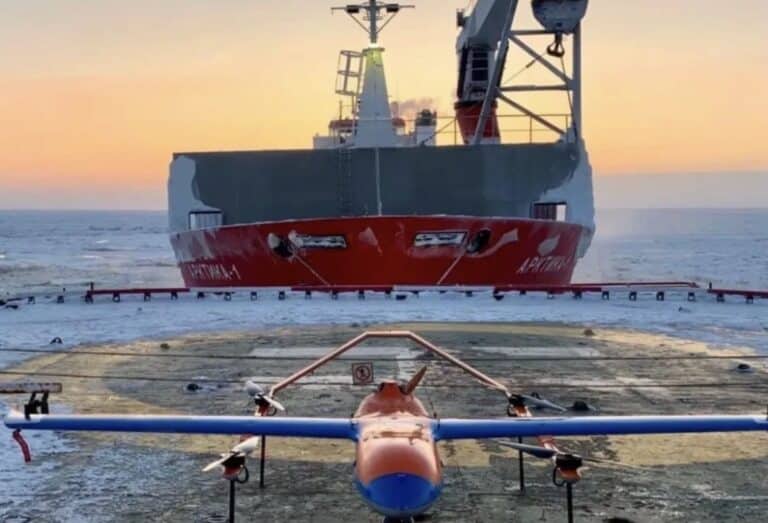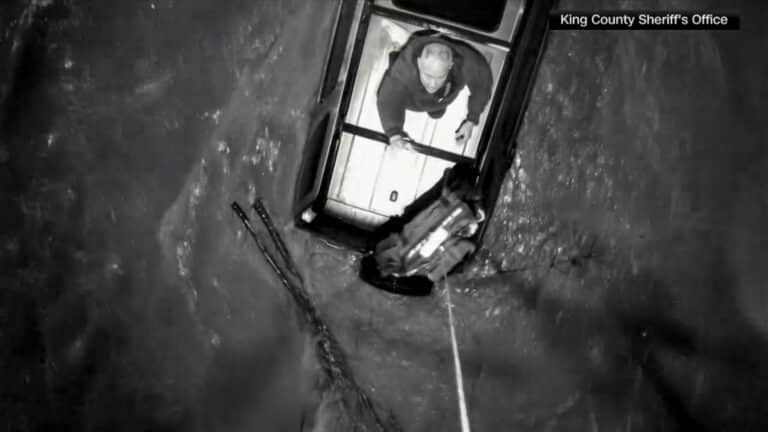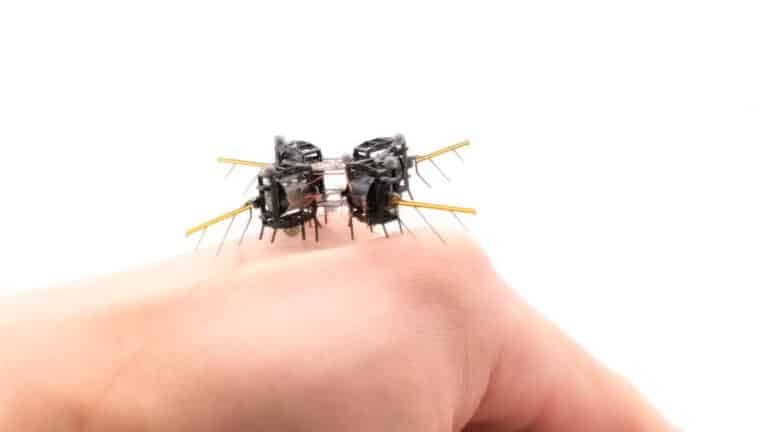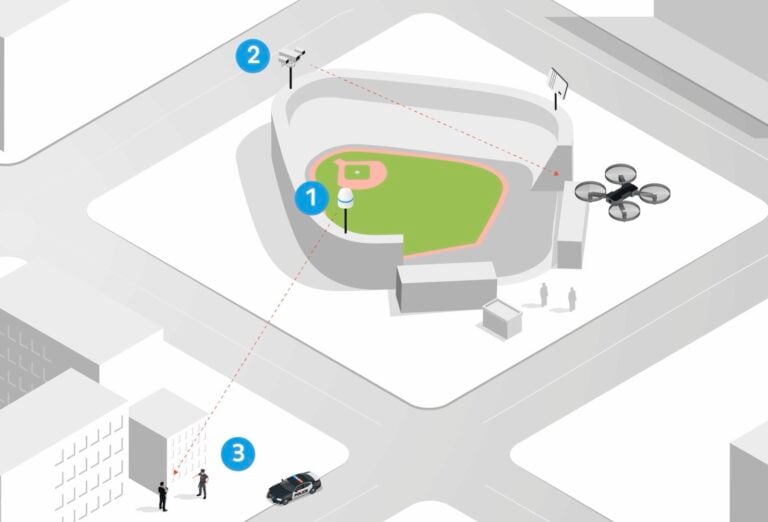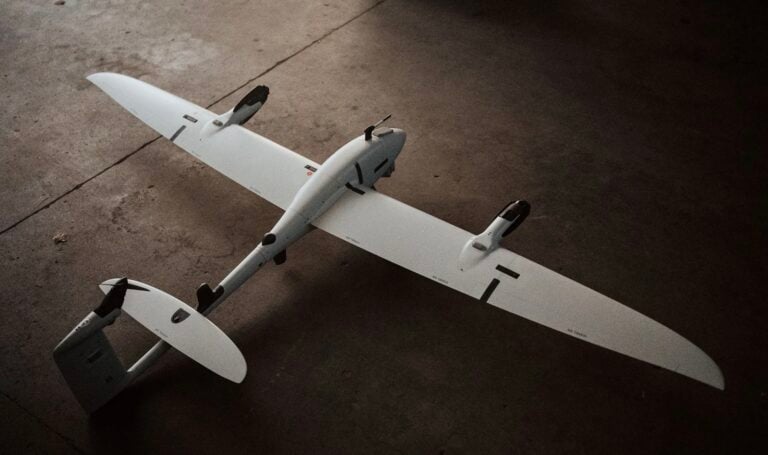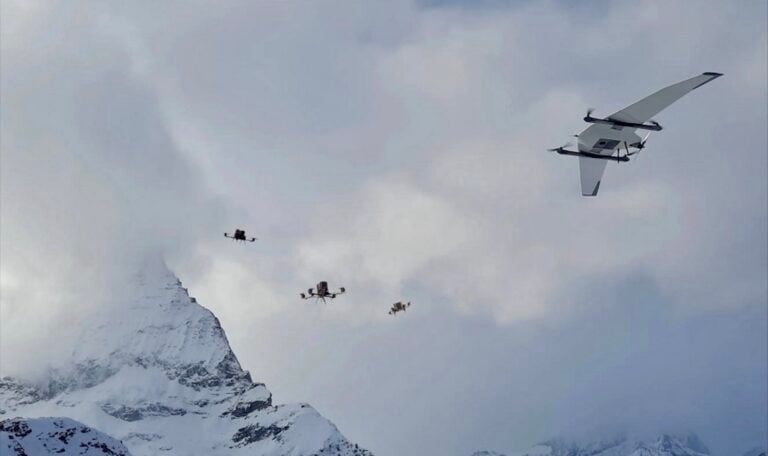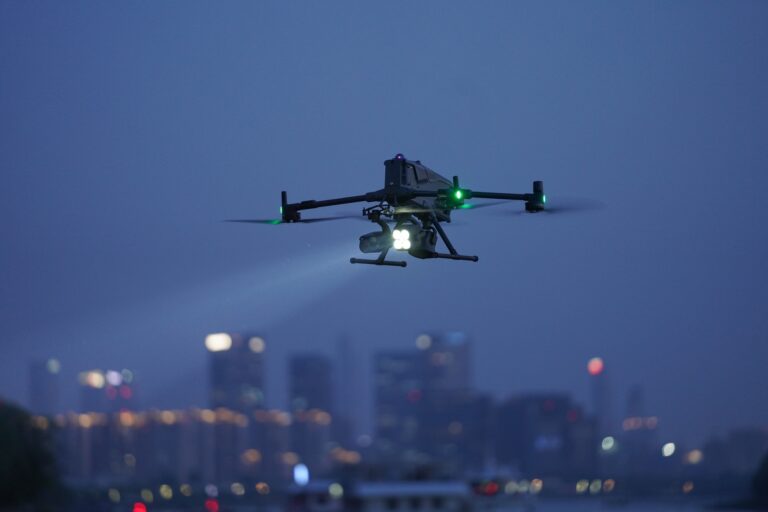Revolutionary Drone ‘Tap-and-Go’ Tagging Transforms Whale Research with Less Stress
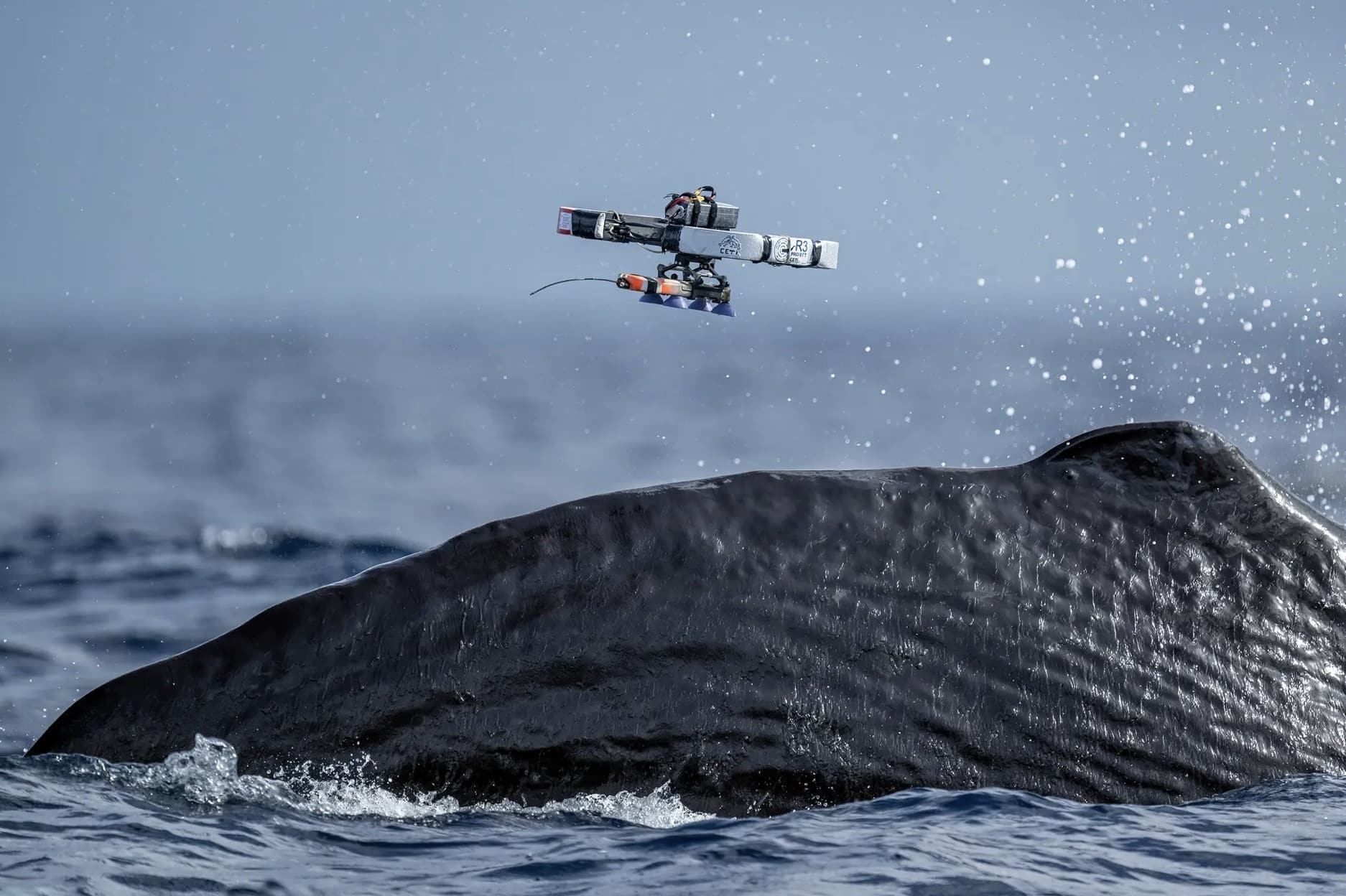
Amazon Drone Deals: DJI Mini 5 Pro Fly More Combo with DJI RC2 now for $1,099!
What if a quick drone tap could decode whale songs? Researchers off Dominica just nailed it, and it’s a game-changer for us pilots.
In the Caribbean waters near Dominica, researchers deploy drones to gently press sensors onto sperm whales’ backs, enabling audio recordings of their communications with minimal disruption. This innovative “tap-and-go” method, detailed in a new PLOS One study, promises to enhance data collection on whale health and behavior while reducing stress compared to traditional boat-based approaches.
How Drones Execute the Tap-and-Go Technique
Engineers modify First Person View racing drones to withstand harsh ocean conditions, including saltwater, wind, and waves. These drones descend precisely to align with a whale’s back and attach suction-cup sensors directly. Unlike earlier experiments that drop tags from heights of about 30 feet (9 meters), this contact method ensures secure placement as the whale dives, leveraging water pressure.
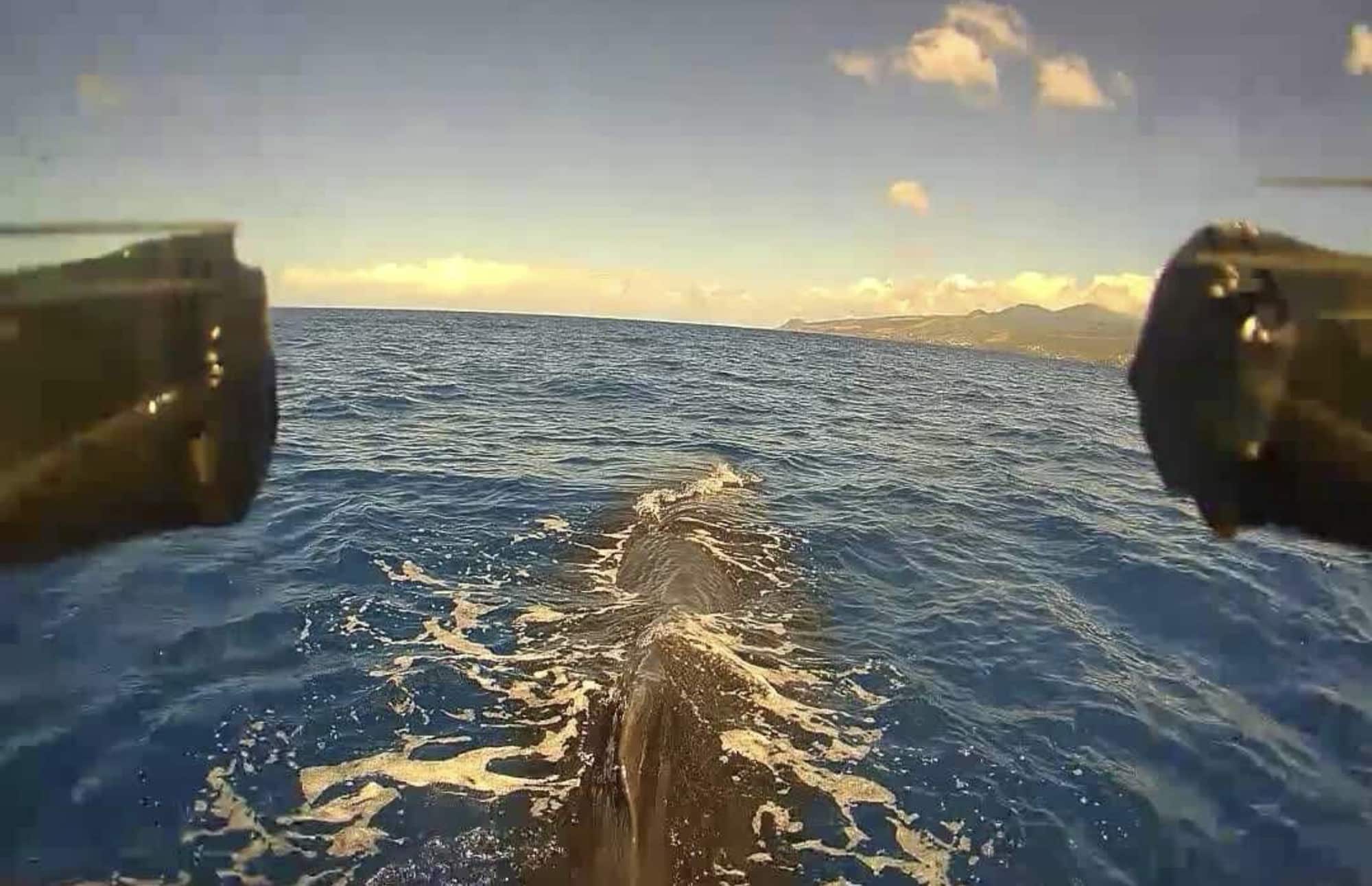
Researchers tested the system on sperm whales, which grow up to 60 feet (18 meters) long and surface for only eight minutes during a 45-minute dive cycle. Out of 20 attempts, over half succeeded, with the full process—from drone alignment to tag deployment—taking under seven minutes, according to a report in the NY Times. This efficiency stems from the drone’s ability to approach from afar, avoiding the close-quarters challenges of pole-based tagging.
Advantages Over Conventional Tagging Methods
Traditional tagging requires scientists to perch on a boat’s bow and use a 20-foot (6-meter) pole to affix sensors, a process that demands precise coordination and often stresses whales due to engine noise and proximity. “We always wanted to improve this method,” said Daniel Vogt, a research engineer at Harvard and the lead author of the study. Drones, by contrast, enable quicker, distant operations. “We want to reduce the disturbance to the animal while improving the quality of the data that we collect,” Mr. Vogt said.
This development raises questions about scalability for hard-to-tag species like fin whales, which move swiftly. “The pole-based approach is still relatively noninvasive,” said Jeremy Goldbogen, a marine biologist at Stanford University who was not involved with the research. But he added, “This adds yet another method in our vast and diverse tool kit for how we study large whales in the open ocean — which is always a challenging thing.”
Broader Applications in Marine Science and Drone Technology
The sensors capture acoustics, hunting patterns, and social interactions, aiding studies on species including minke, sperm, blue, humpback, and North Atlantic right whales. Tags detach automatically after hours or days, and teams retrieve them via telemetry or satellite. For initiatives like Project CETI, which explores AI decoding of whale songs, this means amassing more audio data efficiently.
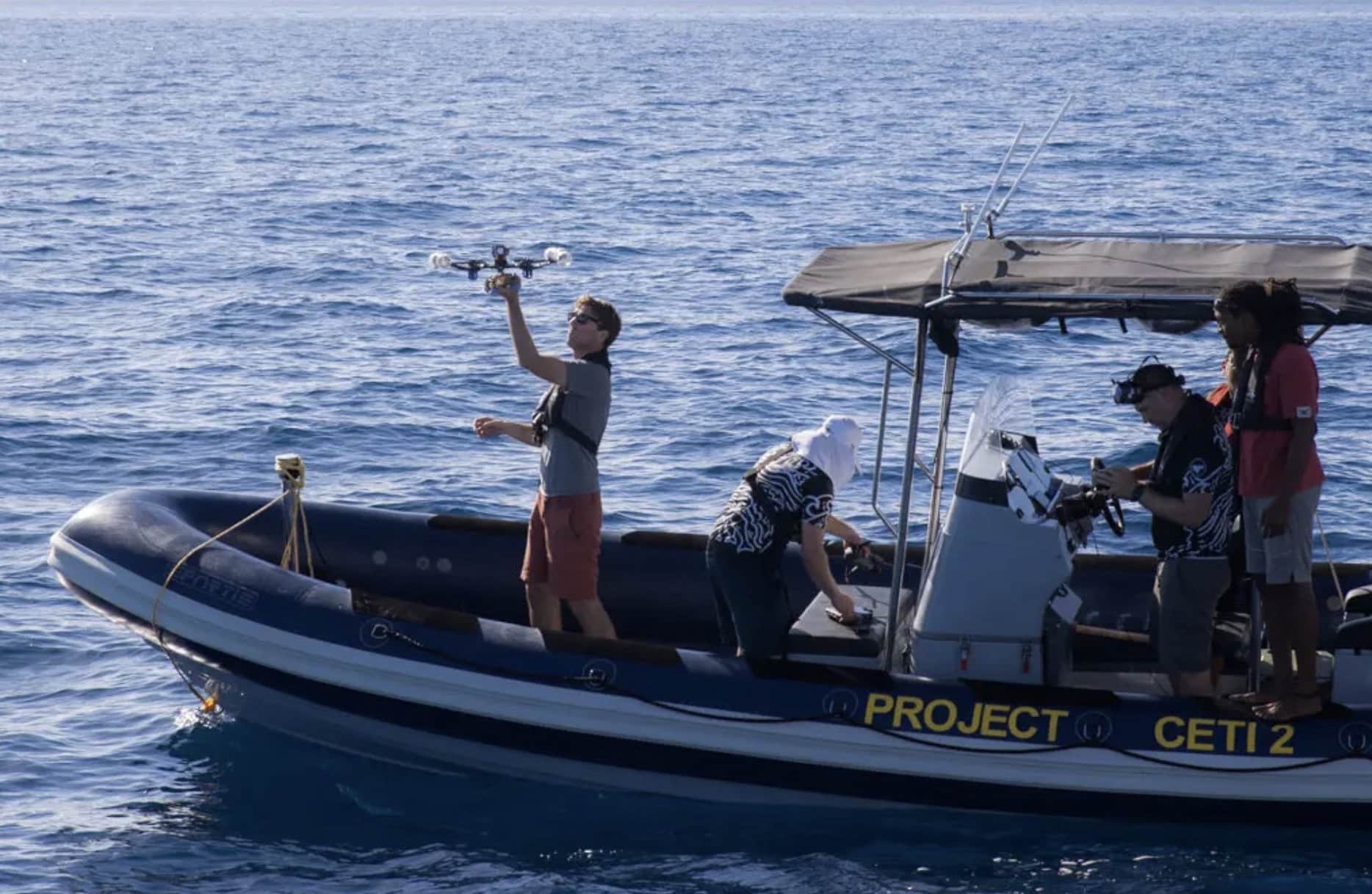
Building on that, drones already revolutionize whale research beyond tagging. They measure individuals, observe surface behaviors, and sample blow vapor for genetics, hormones, and microbiomes. “This is definitely the future,” Dr. Goldbogen said. “It’s really exciting to see these new innovations.”
Ari Friedlaender, an ecologist at University of California, Santa Cruz, who was not involved with the study, called it “a new and creative way to take advantage of what a drone can do.” He noted, “It just gives us a much better chance of being successful in our science if we have multiple ways of doing this.”
For drone professionals, this highlights FPV models’ versatility in scientific applications, potentially inspiring adaptations for environmental monitoring. The technique minimizes risks to endangered populations, like Rice’s whales with fewer than 100 left, by avoiding invasive interactions. As drone tech advances, such methods could extend to other marine mammals, boosting conservation efforts through precise, low-impact data gathering.
This shift underscores a trend where drones bridge gaps in fieldwork, offering operational efficiencies and cost savings over boat deployments. Researchers anticipate deploying more tags, yielding richer datasets to inform policies on whale protection amid shipping and noise pollution threats.
Photos courtesy of Project CETI.
Discover more from DroneXL.co
Subscribe to get the latest posts sent to your email.
Check out our Classic Line of T-Shirts, Polos, Hoodies and more in our new store today!

MAKE YOUR VOICE HEARD
Proposed legislation threatens your ability to use drones for fun, work, and safety. The Drone Advocacy Alliance is fighting to ensure your voice is heard in these critical policy discussions.Join us and tell your elected officials to protect your right to fly.
Get your Part 107 Certificate
Pass the Part 107 test and take to the skies with the Pilot Institute. We have helped thousands of people become airplane and commercial drone pilots. Our courses are designed by industry experts to help you pass FAA tests and achieve your dreams.

Copyright © DroneXL.co 2025. All rights reserved. The content, images, and intellectual property on this website are protected by copyright law. Reproduction or distribution of any material without prior written permission from DroneXL.co is strictly prohibited. For permissions and inquiries, please contact us first. DroneXL.co is a proud partner of the Drone Advocacy Alliance. Be sure to check out DroneXL's sister site, EVXL.co, for all the latest news on electric vehicles.
FTC: DroneXL.co is an Amazon Associate and uses affiliate links that can generate income from qualifying purchases. We do not sell, share, rent out, or spam your email.





